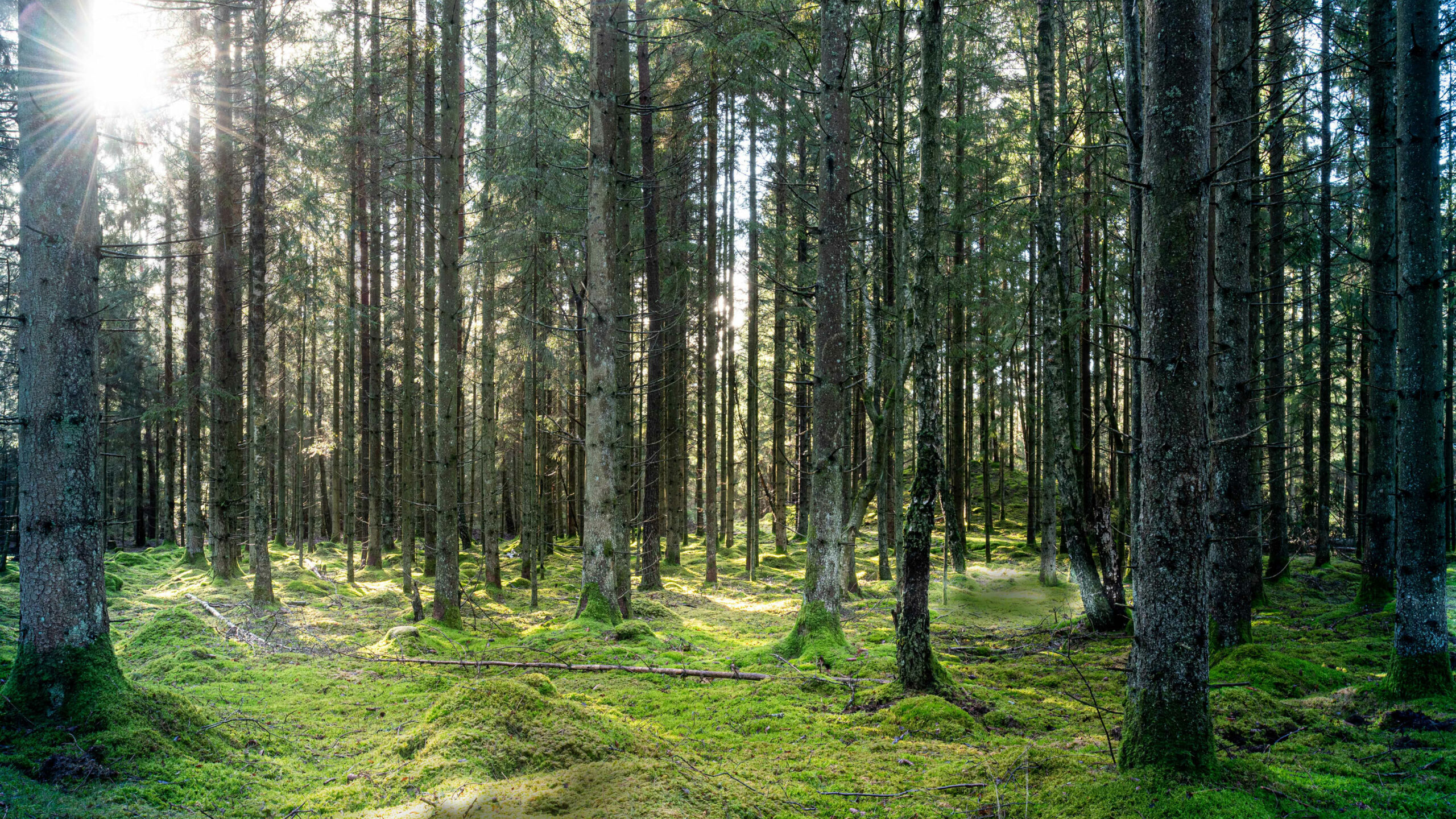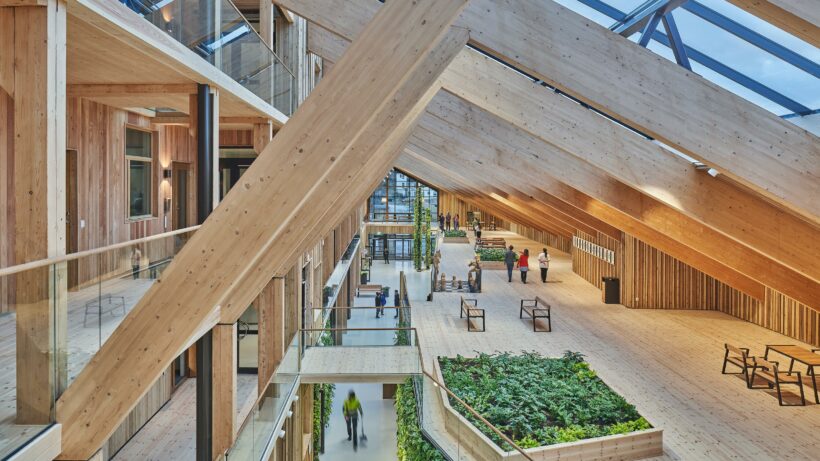The best material for carbon-neutral construction is wood. It is renewable, acts as a carbon sink, provides lighter transport, lower carbon footprint at the construction stage and more efficient building processes. In short, it contributes to many climate gains. Wood also has positive effects on human well-being, which is a parameter that is difficult to measure in crowns. Last but not least, wood construction has advantages in terms of life-cycle cost, compared to steel and concrete.
Wood has a key role to play in fulfilling the vision that all White architecture should be climate positive by 2030. As a major player, White has the opportunity to raise the state of knowledge on wood construction. Jan Wijkmark is basically an ecologist and the deputy Office Director at the Stockholm office:
– What we prescribe has a big impact, both on how our future buildings look and whether they perform sustainably. There is a great responsibility on a prescribing architect to trace the material not just one, but several steps back. As well as understanding the ecological consequences of our choices, says Jan Wijkmark.



